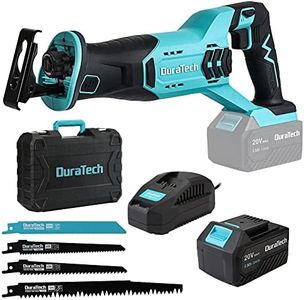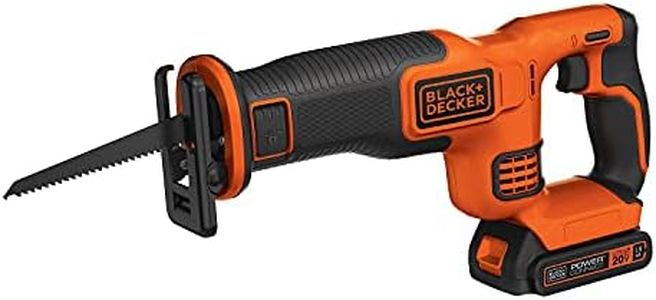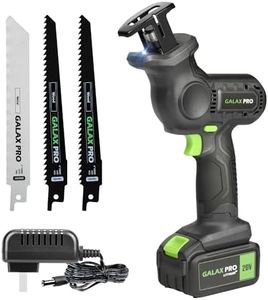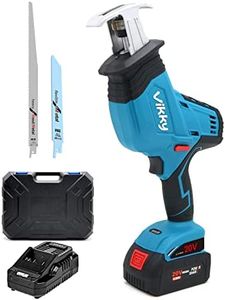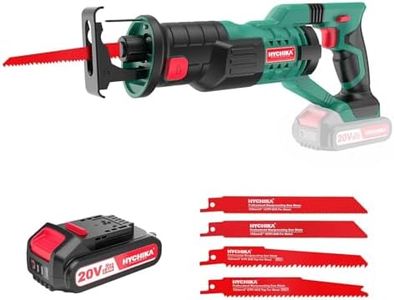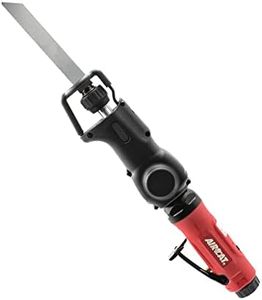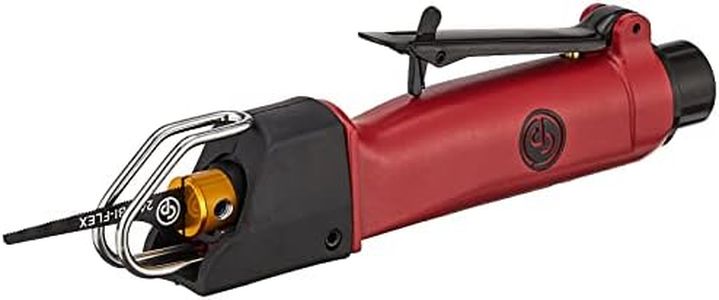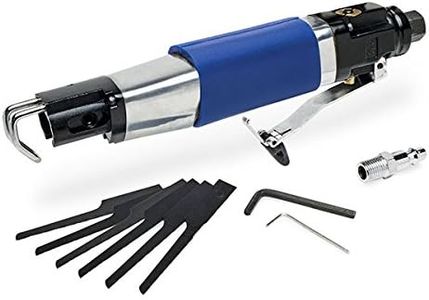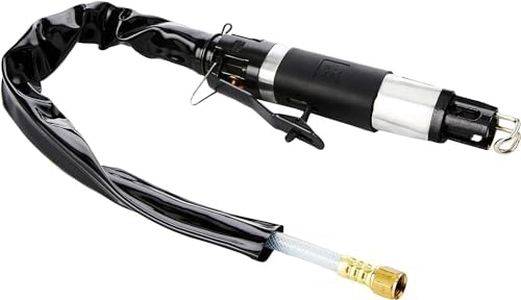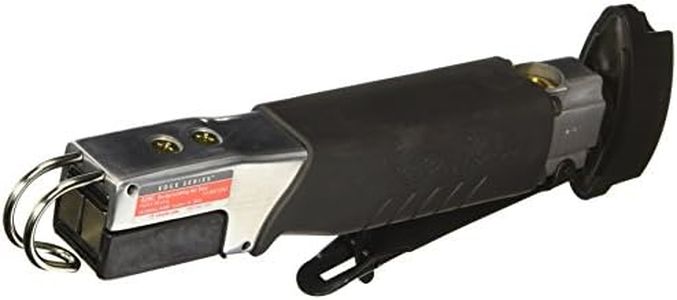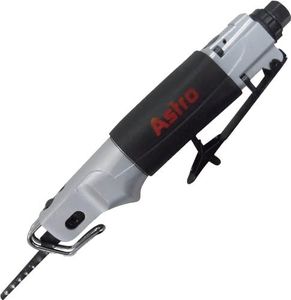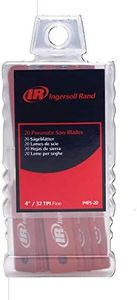We Use CookiesWe use cookies to enhance the security, performance,
functionality and for analytical and promotional activities. By continuing to browse this site you
are agreeing to our privacy policy
10 Best Reciprocating Air Saws 2025 in the United States
How do we rank products for you?
Our technology thoroughly searches through the online shopping world, reviewing hundreds of sites. We then process and analyze this information, updating in real-time to bring you the latest top-rated products. This way, you always get the best and most current options available.

Buying Guide for the Best Reciprocating Air Saws
Reciprocating air saws are versatile tools used for cutting various materials such as metal, wood, and plastic. They are powered by compressed air, making them suitable for heavy-duty tasks and continuous use. When choosing a reciprocating air saw, it's important to consider several key specifications to ensure you select the right tool for your needs. Understanding these specifications will help you make an informed decision and get the best performance from your saw.Strokes Per Minute (SPM)Strokes Per Minute (SPM) refers to the number of times the saw blade moves back and forth in one minute. This spec is important because it determines the cutting speed and efficiency of the saw. Higher SPM values mean faster cutting, which is ideal for softer materials like wood and plastic. Lower SPM values are better for harder materials like metal, as they provide more control and reduce the risk of damaging the material. To pick the right SPM for you, consider the types of materials you will be cutting most frequently. If you need versatility, look for a saw with adjustable SPM settings.
Stroke LengthStroke length is the distance the saw blade travels in one complete movement. This spec is important because it affects the depth and speed of the cut. Longer stroke lengths allow for deeper cuts and are more efficient for cutting through thicker materials. Shorter stroke lengths provide more precision and control, making them suitable for detailed work and thinner materials. To choose the right stroke length, think about the thickness of the materials you will be cutting and whether you need more precision or faster cutting speeds.
Air ConsumptionAir consumption measures how much compressed air the saw uses, typically expressed in cubic feet per minute (CFM). This spec is important because it determines the compatibility of the saw with your air compressor. Higher air consumption requires a more powerful compressor, while lower air consumption can work with smaller, less powerful compressors. To pick the right air consumption, check the capacity of your air compressor and ensure it can provide the necessary CFM for the saw you are considering.
WeightThe weight of the reciprocating air saw is an important factor for user comfort and ease of use. Lighter saws are easier to handle and reduce fatigue during extended use, making them ideal for overhead or intricate work. Heavier saws may offer more stability and control for straight cuts and heavy-duty tasks. To choose the right weight, consider how long you will be using the saw and the type of work you will be doing. If you need to use the saw for extended periods or in awkward positions, a lighter model may be more suitable.
Blade CompatibilityBlade compatibility refers to the types and sizes of blades that can be used with the saw. This spec is important because different blades are designed for cutting different materials and achieving various types of cuts. Some saws are compatible with a wide range of blades, offering more versatility. To pick the right blade compatibility, consider the materials you will be cutting and the types of cuts you need to make. Ensure the saw you choose can accommodate the appropriate blades for your tasks.
Most Popular Categories Right Now
